Solar energy has an important place among renewable energy sources. The effective use of this type of energy is directly related to the ability of solar panels to collect solar rays at maximum level. For this reason, solar tracking systems that ensure the correct positioning of solar panels towards the sun are of great importance. Solar tracking systems increase the energy collection capacity by adjusting the panel surfaces according to the position of the sun throughout the day, thus significantly increasing the system efficiency.
However, the performance of solar tracking systems may vary according to various climatic conditions. While the efficiency of systems can be different in hot and arid regions, different dynamics come into play in cold and cloudy climates. Factors such as wind speed, weather conditions and dust in the atmosphere can be decisive on the durability and functionality of the systems. Therefore, studying the performance of solar tracking systems in different climatic conditions is critical for designing and implementing these systems more effectively. In this study, we will discuss the performance of solar tracking systems under various climatic conditions in detail.
Does Solar Tracking System Work in Every Climate?
Solar tracking systems are designed to increase the efficiency of solar panels. These systems track the movement of the sun throughout the day, ensuring that the panels are constantly at the optimum angle. However, the question arises whether these systems are equally effective in all climatic conditions. Factors such as the intensity and duration of sunlight directly affect the performance of the system. For example, in desert climates with abundant sunlight, solar tracking systems provide very high efficiency by maximising the energy collection capacity of the panels.
On the other hand, low sunlight in cloudy and rainy climates can reduce the efficiency gains of the systems. In regions with high winds, extra load may occur on the mechanical parts of solar tracking systems, which may shorten the life of the system and increase the need for maintenance. In cold climatic conditions, icing and snow accumulation can cover the surface of the panels, preventing light reception and preventing the systems from working properly. Therefore, it is possible to say that solar tracking systems do not work with the same efficiency in all climatic conditions. Special arrangements and improvements in system design may be required for each climate type.
Click here to review solar tracking systems and get detailed information
Climates Where Solar Tracking Systems Work Most Efficiently
Solar tracking systems reach the highest efficiency in climates where sunlight is intense and continuous. These systems ensure maximum sunlight utilisation by keeping the panels at the ideal angle from sunrise to sunset. Especially in tropical and desert climates, which receive most of the sun directly during the day, solar tracking systems provide significantly more energy production. In these regions, the continuity and intensity of sunlight optimises energy production by increasing the efficiency of the systems.
Semi-arid and arid climates also offer ideal conditions for solar tracking systems. These climates with few clouds and low humidity allow the sun's rays to reach the surface more sharply and unobstructed. The use of solar tracking systems in such climates guarantees that the panels remain at the optimal angle throughout the day and thus collect the sun's energy in the most efficient way. It improves the overall performance of the systems by reducing energy losses.
In arid and hot climates, solar energy systems are also relatively easy to install and maintain. In these regions with high exposure to sunlight, solar tracking systems not only produce more energy, but can also last longer with fewer breakdowns and maintenance requirements. Thus, it also has a positive impact on investment costs, increasing the preference rate of these systems. These advantages are the main reasons why solar tracking systems are preferred in arid and hot climates.


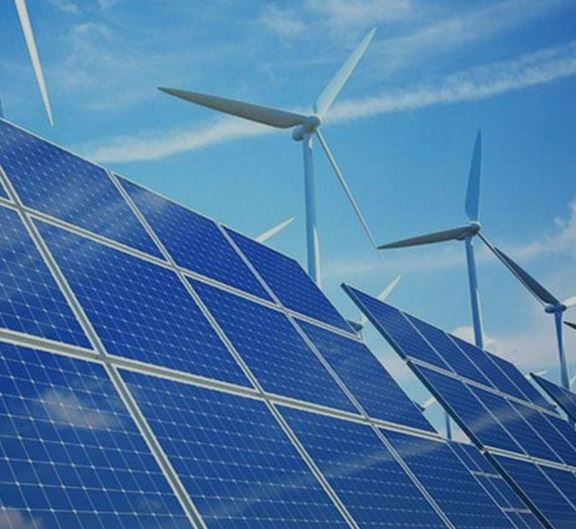
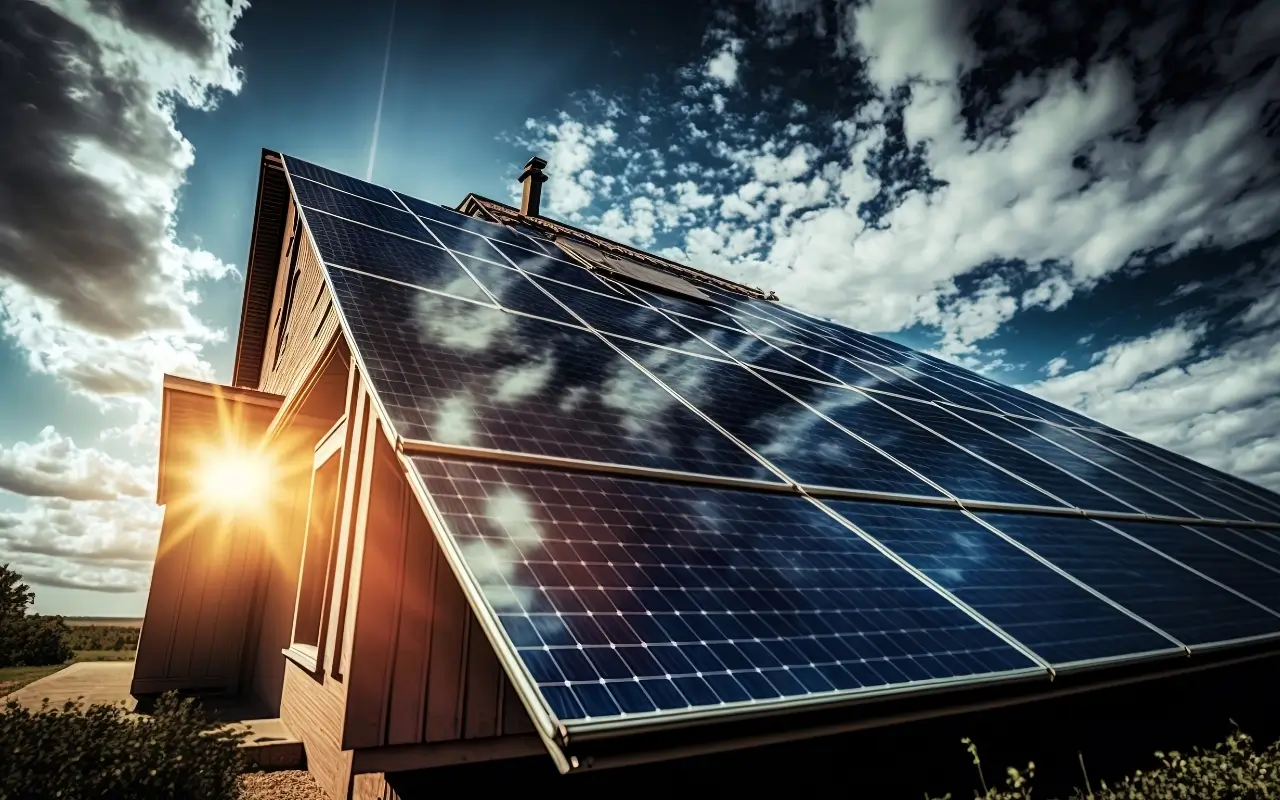
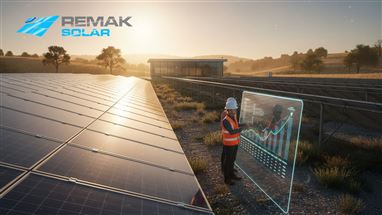
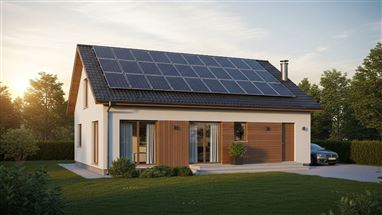
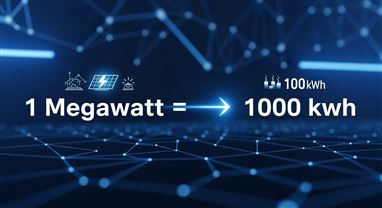
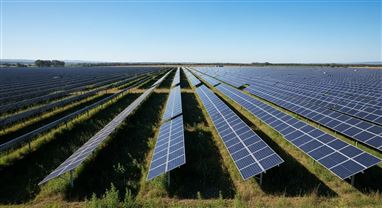
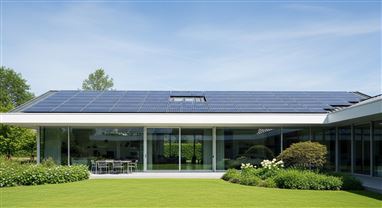
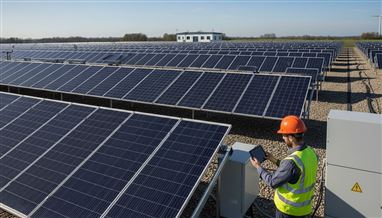
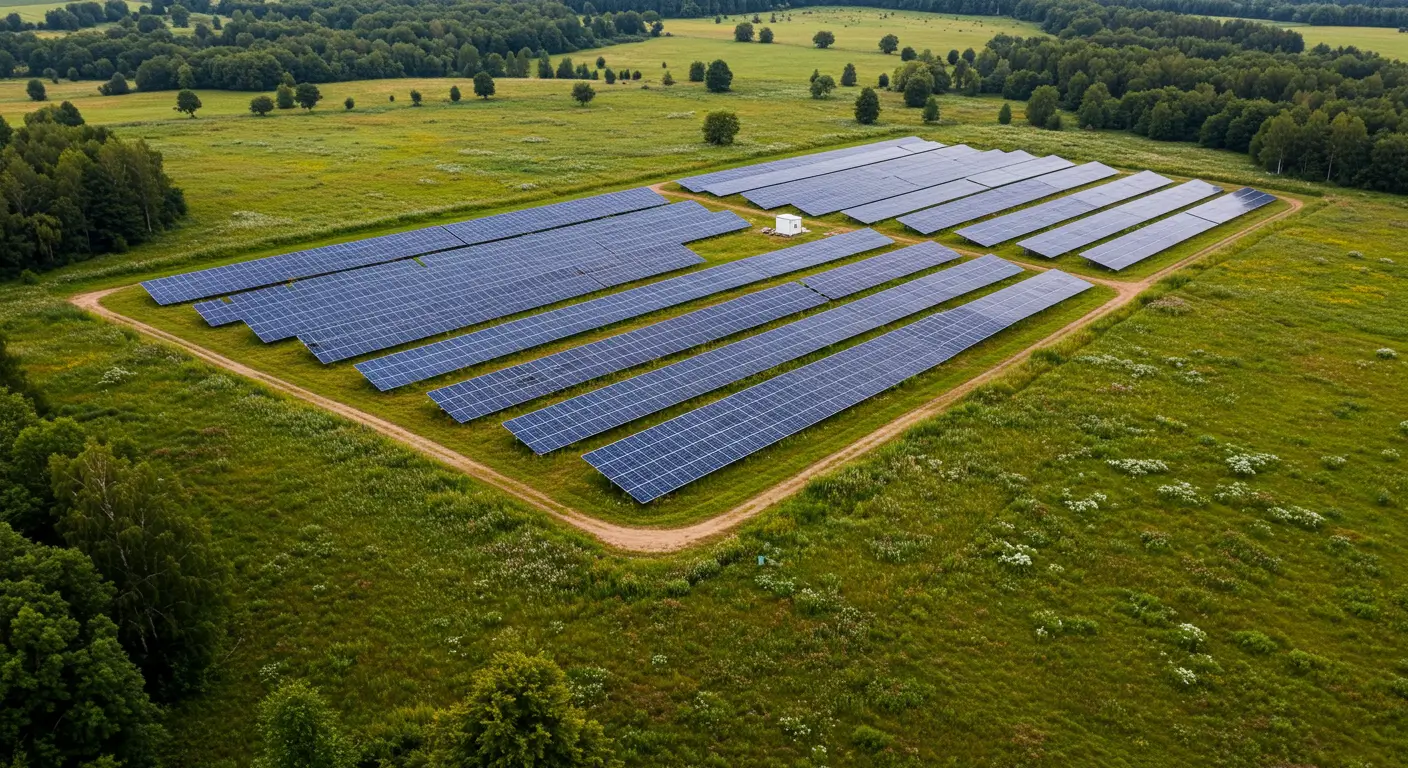
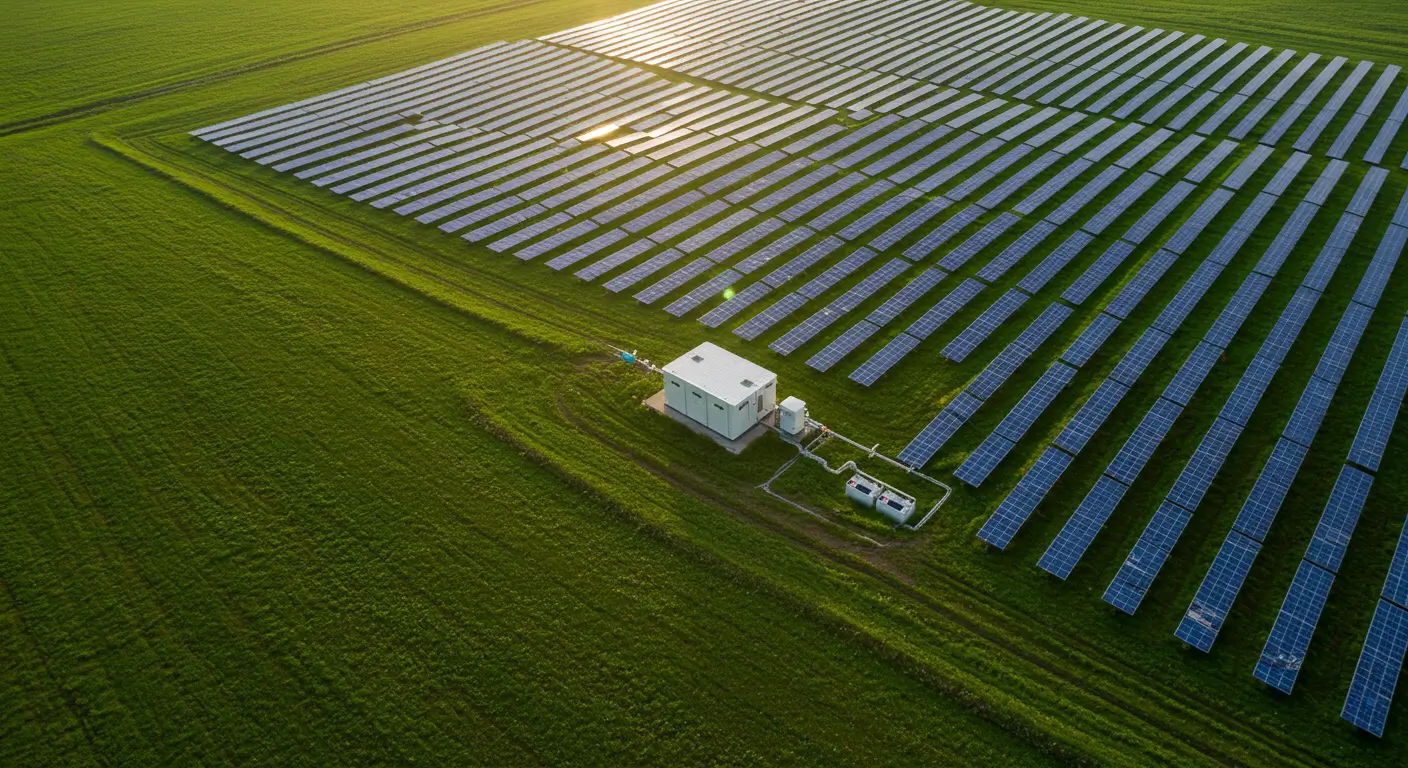
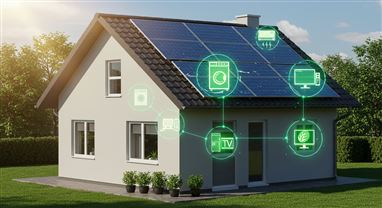
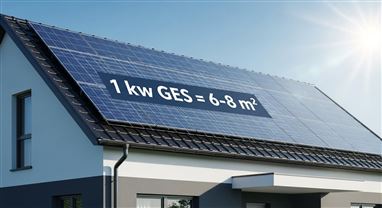
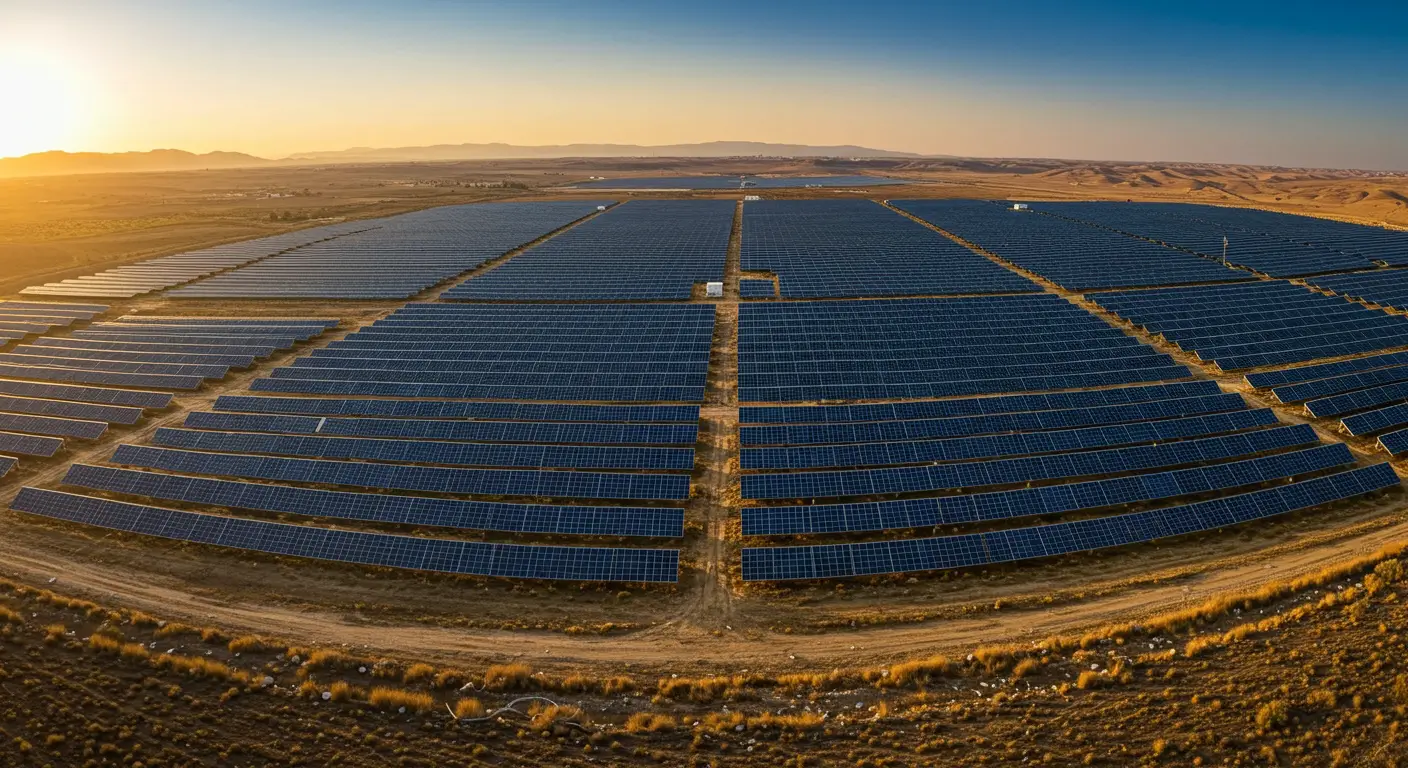
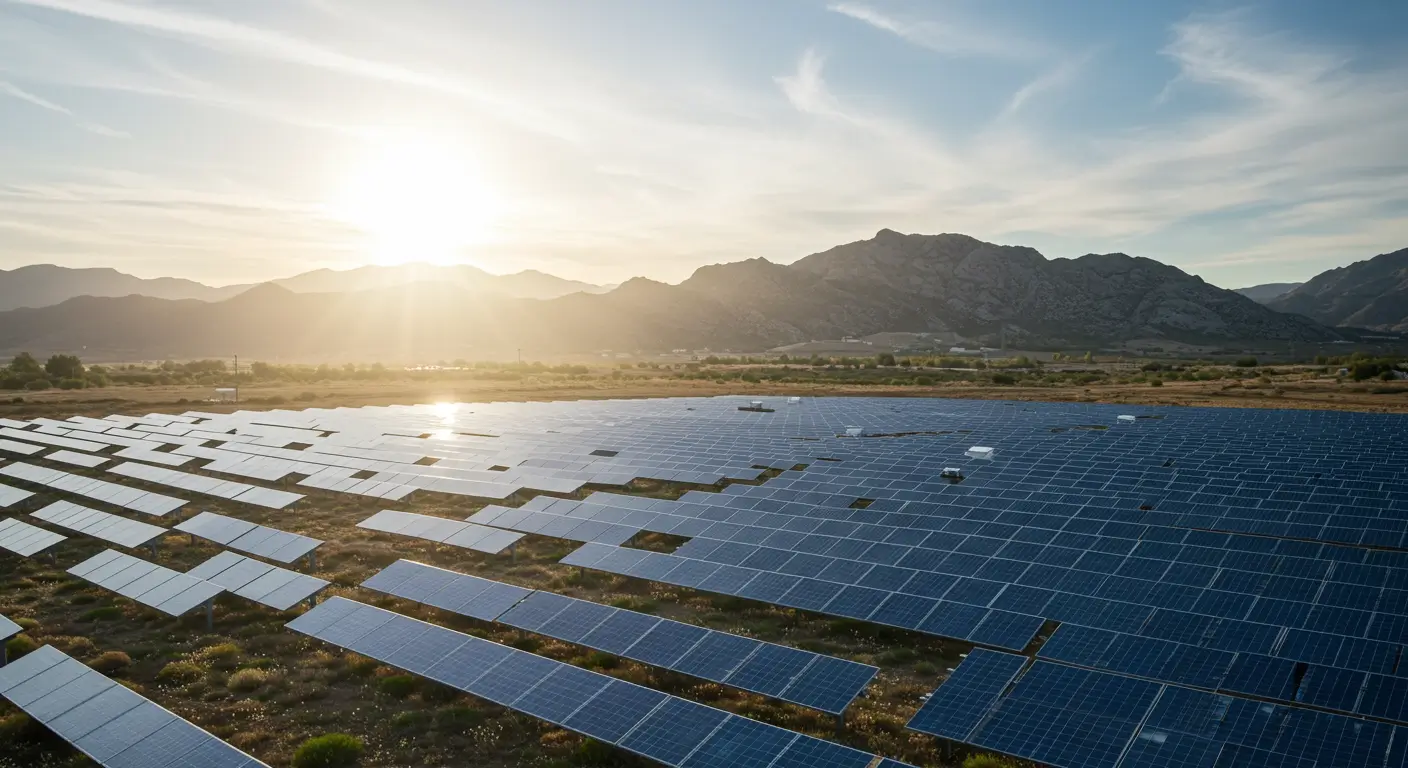
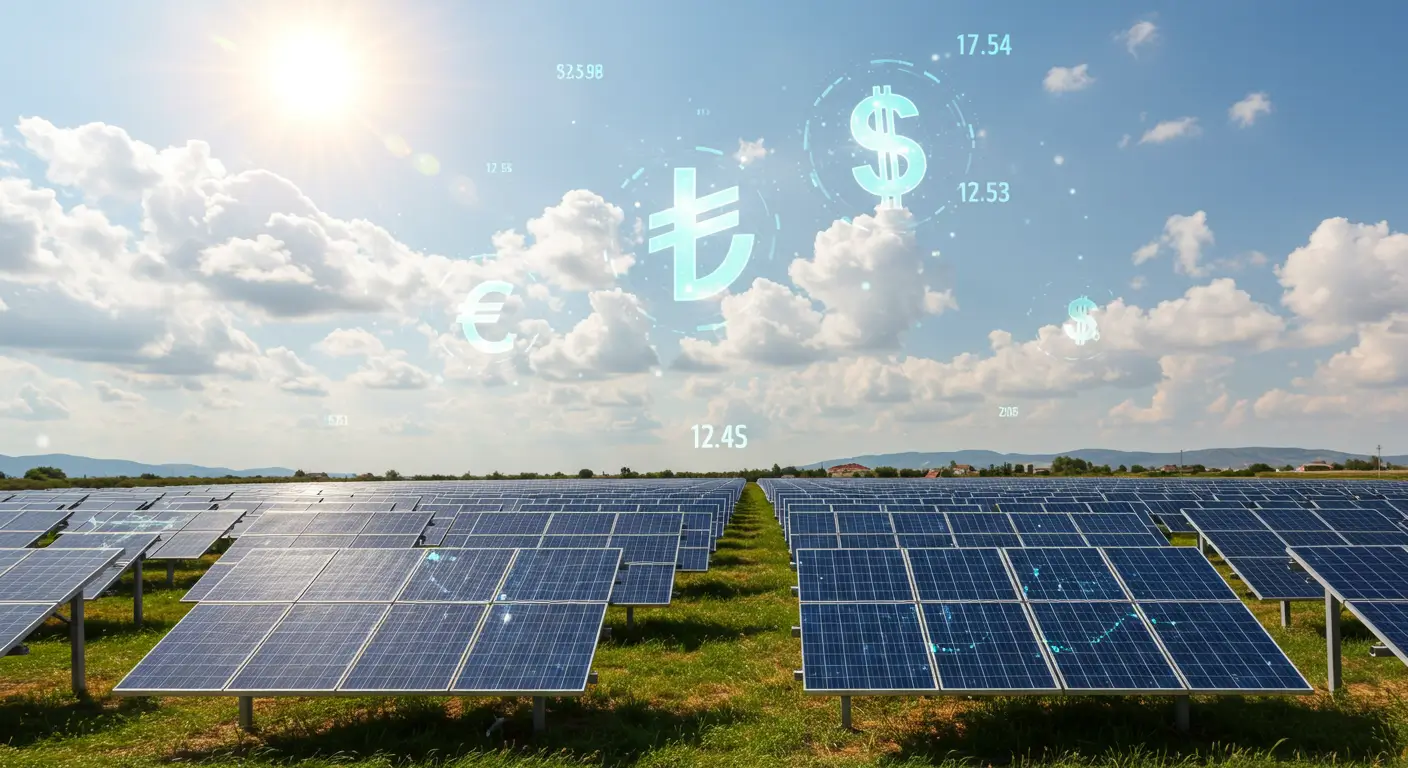
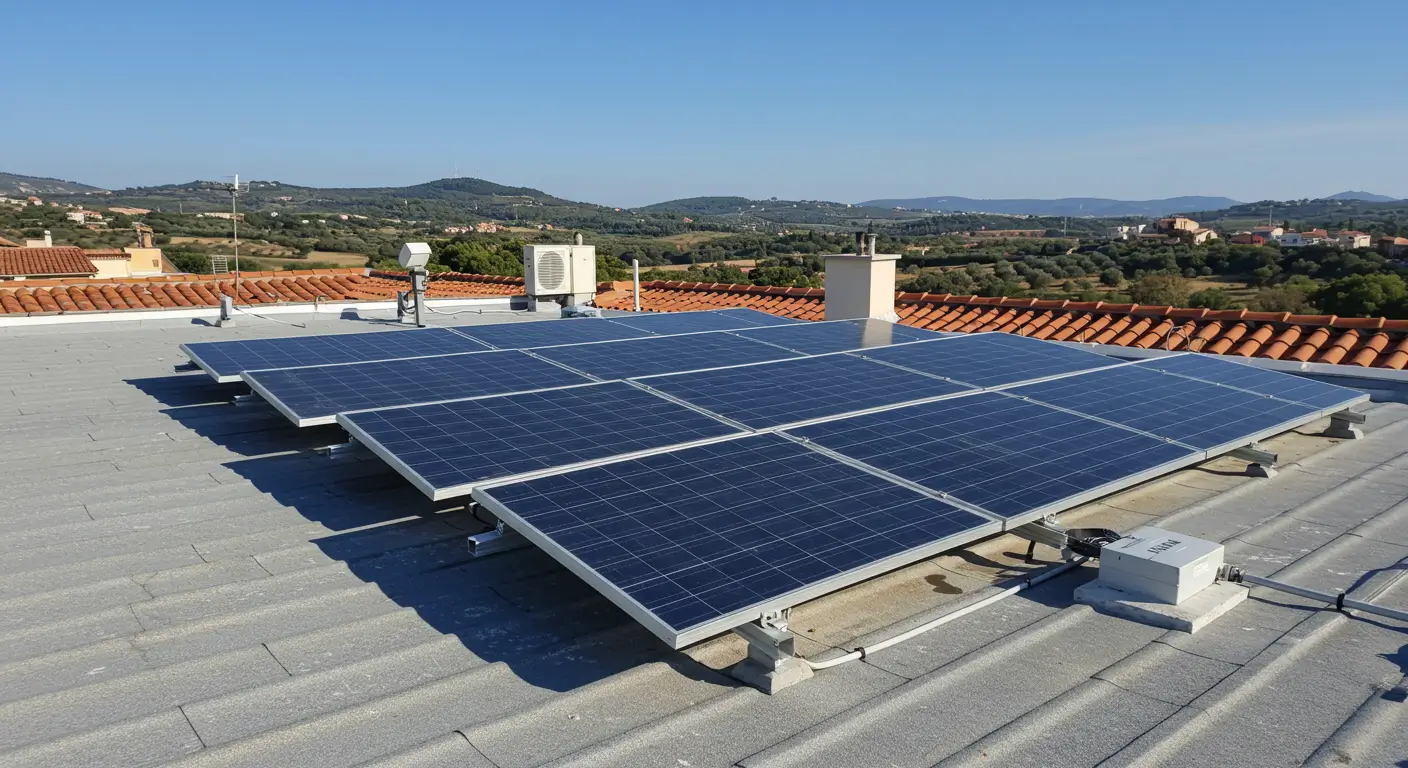
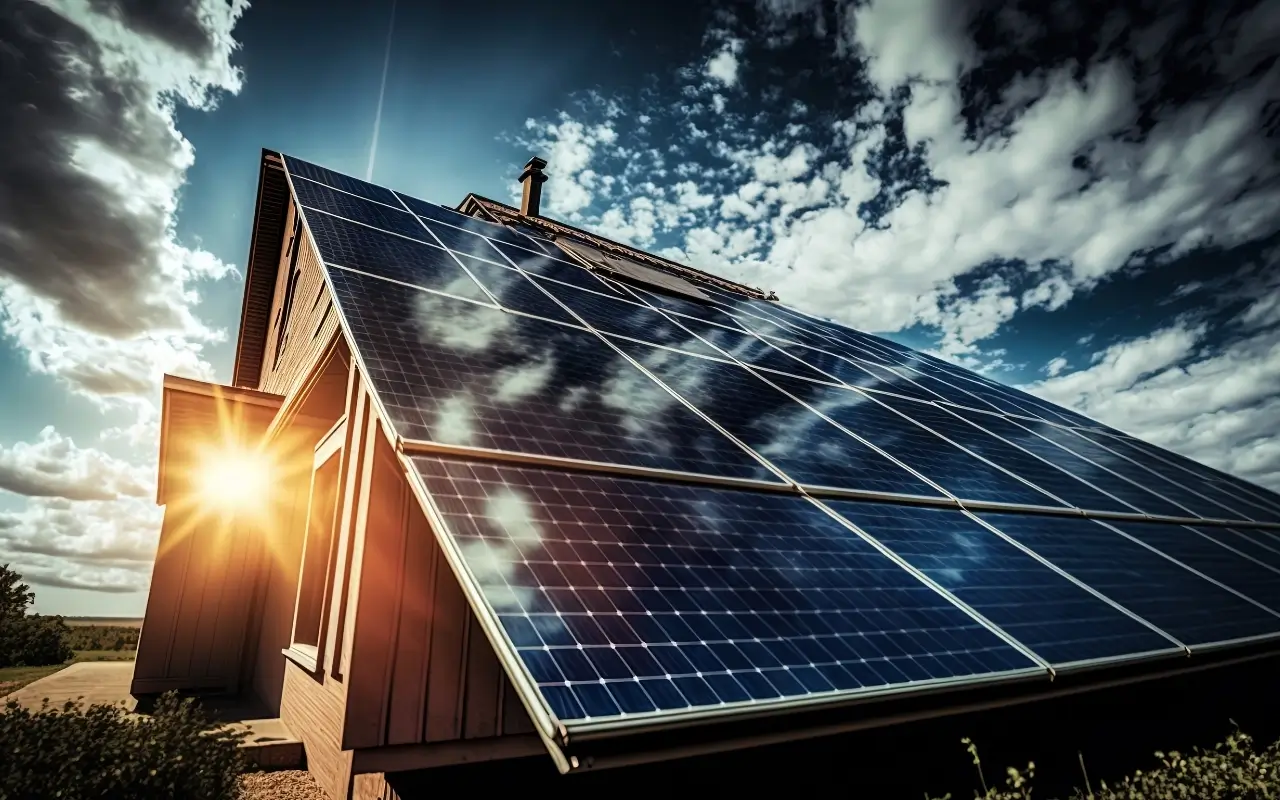
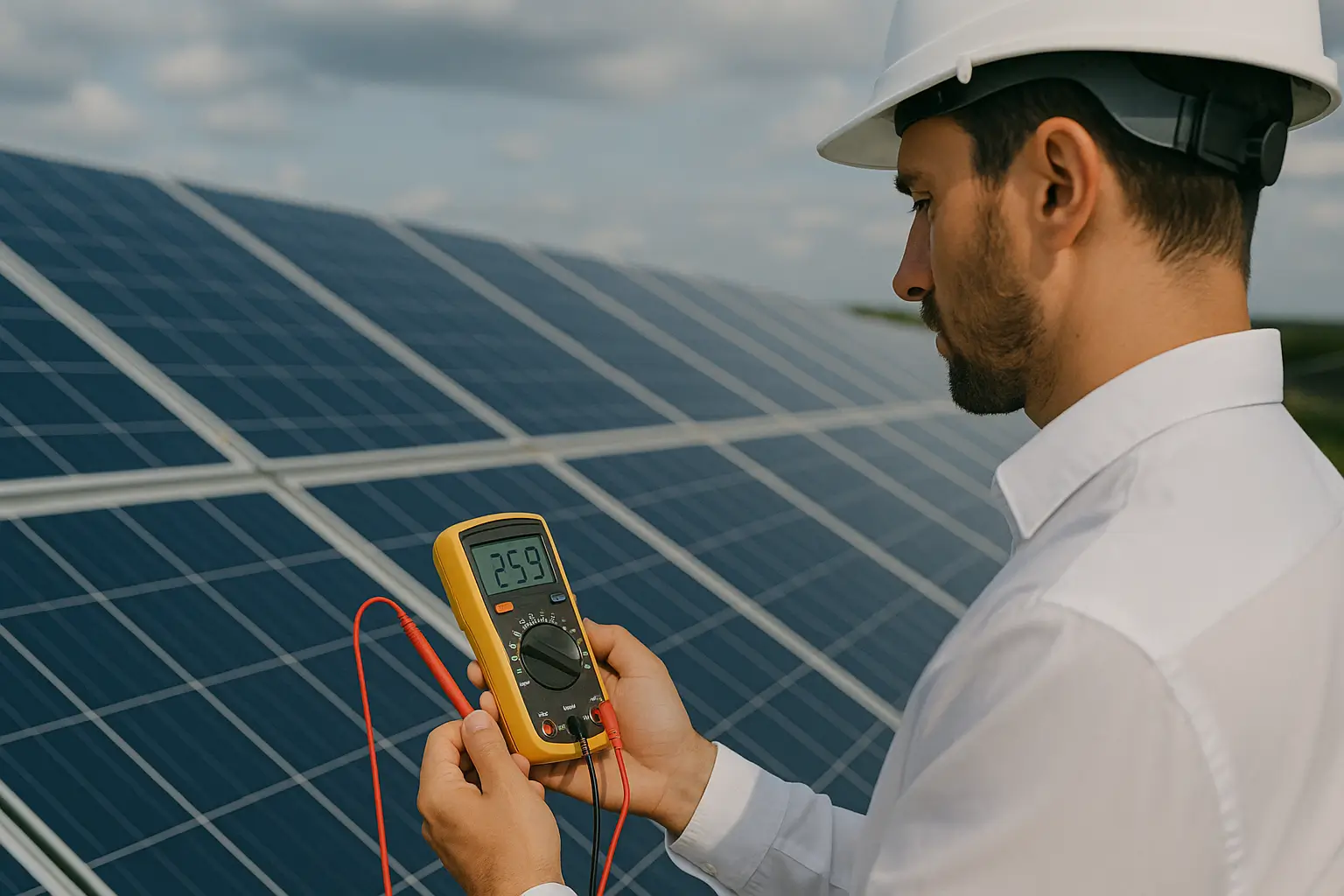
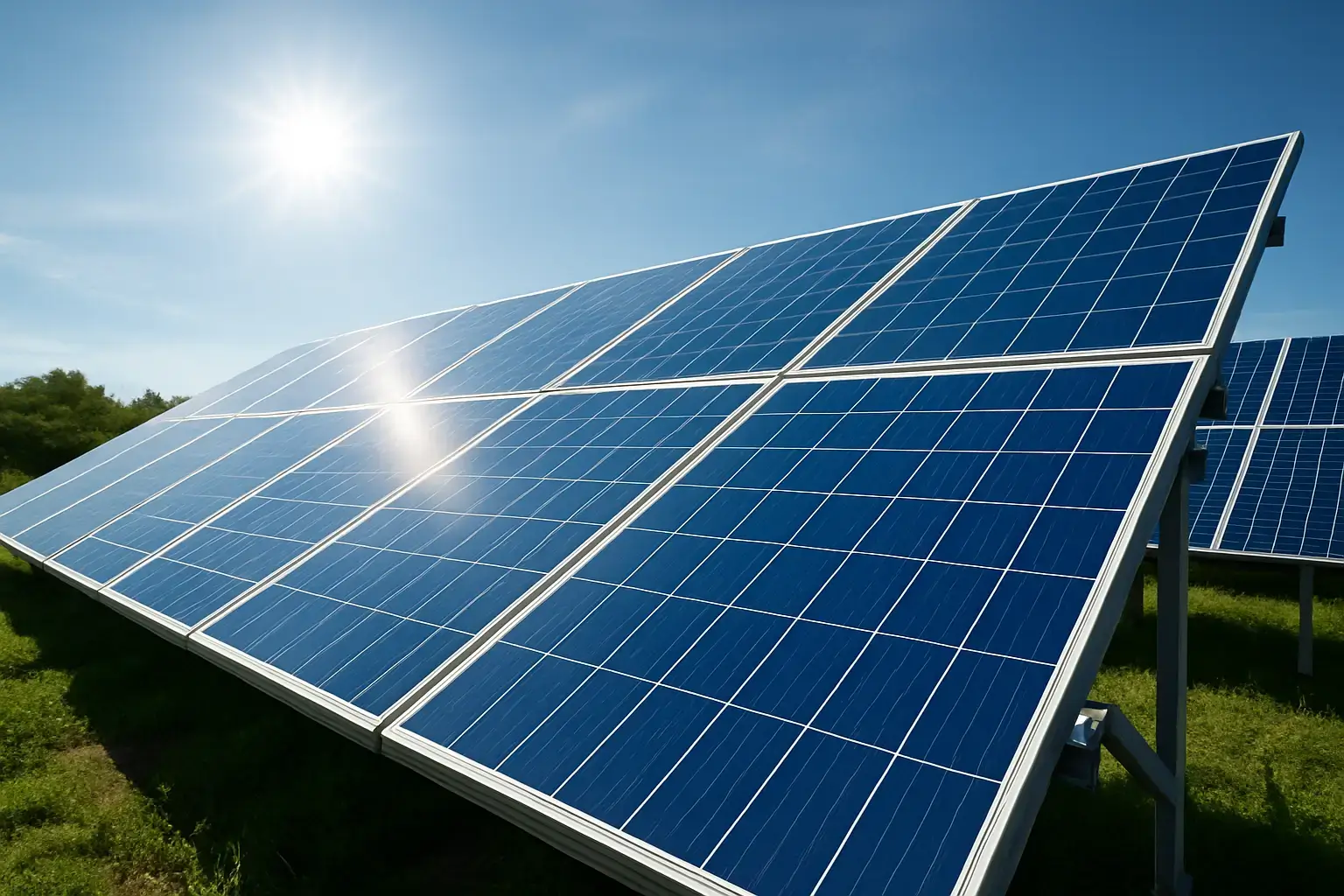

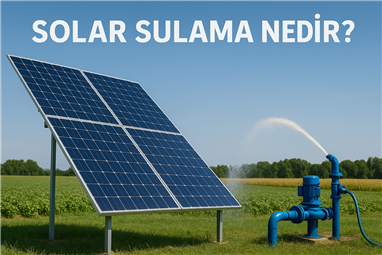
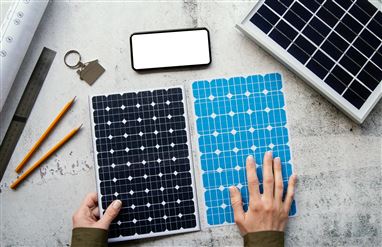
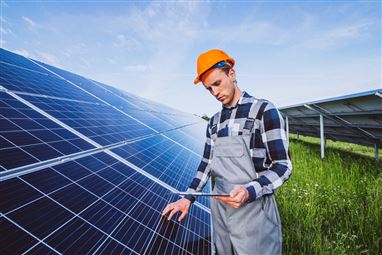
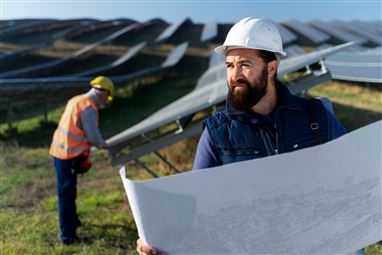
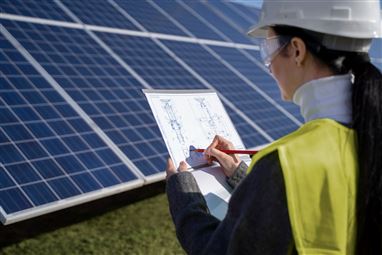
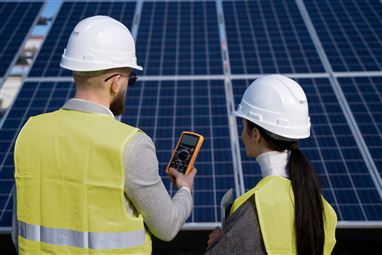
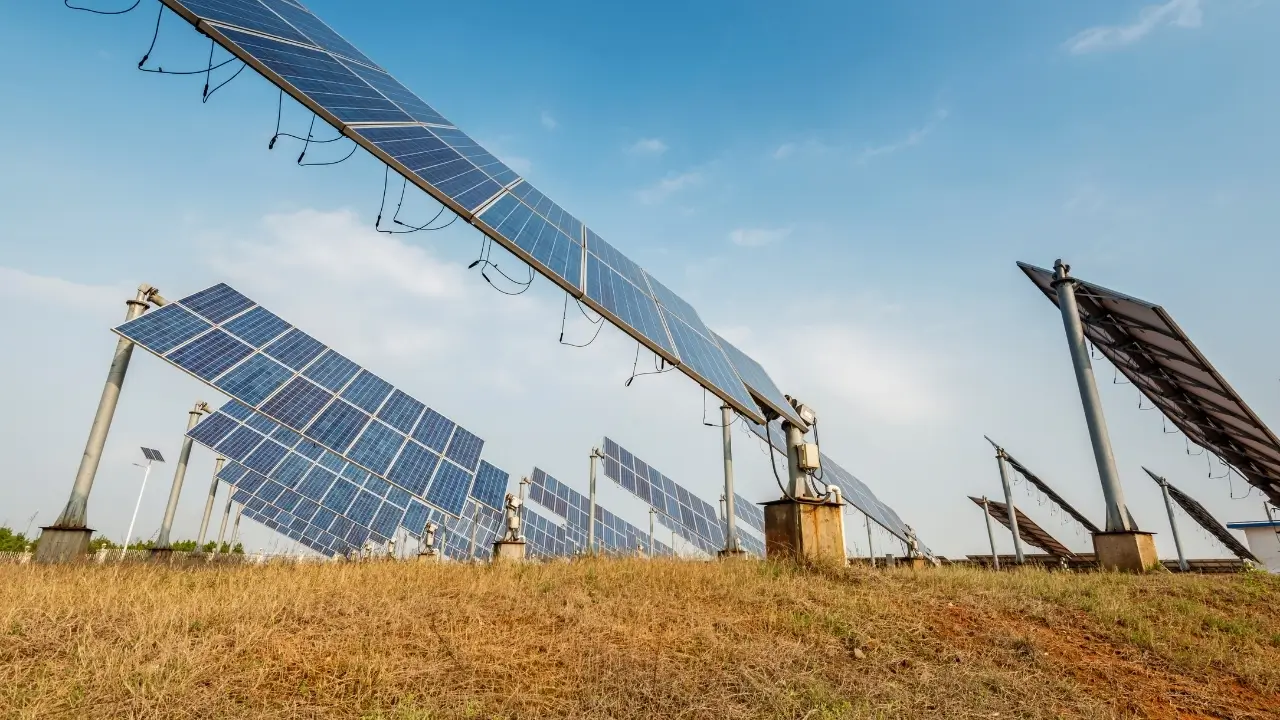
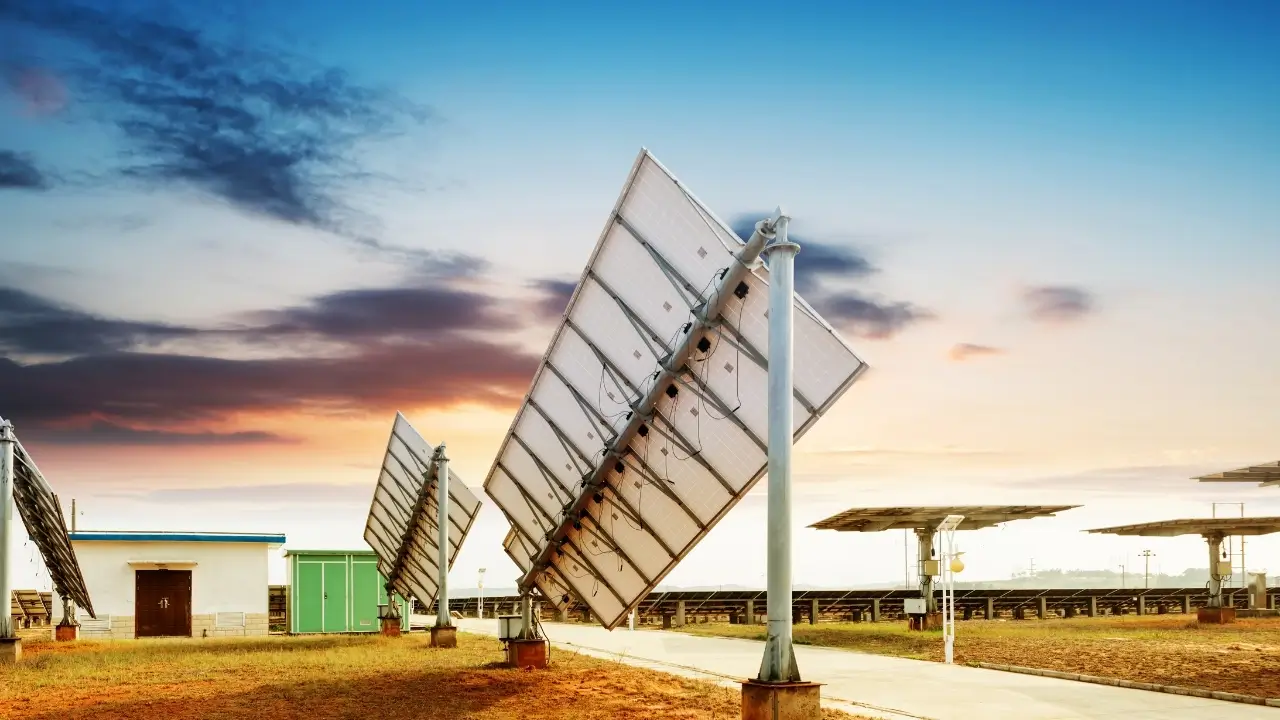
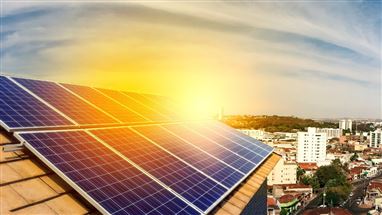
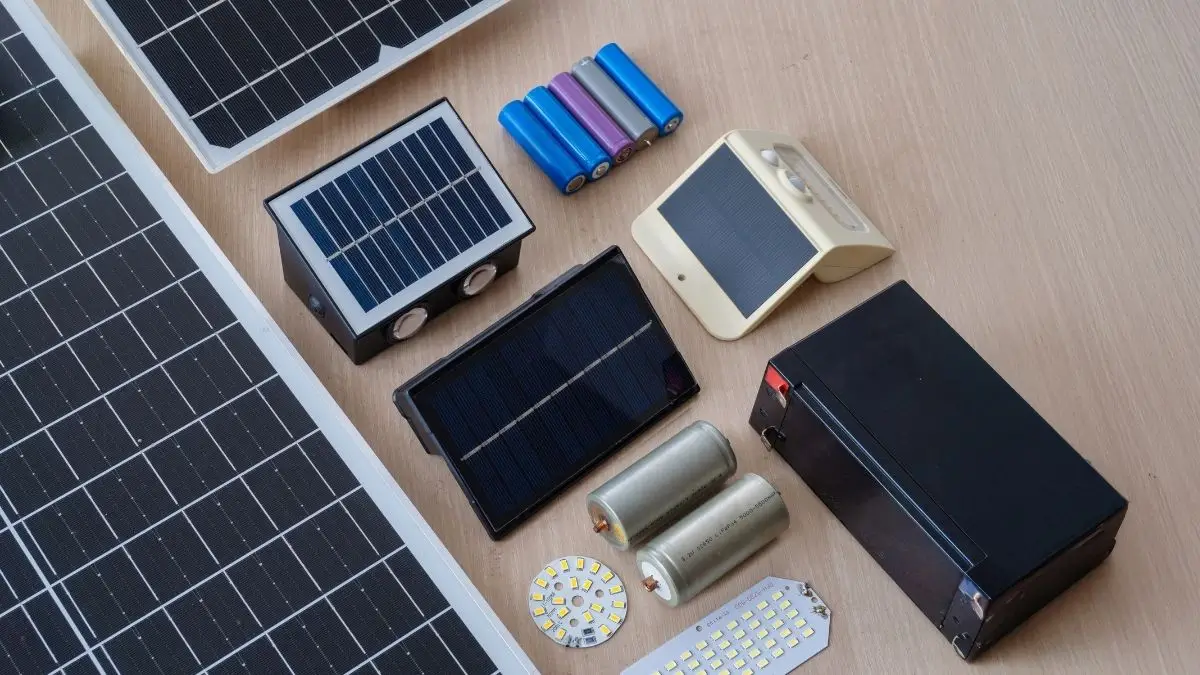
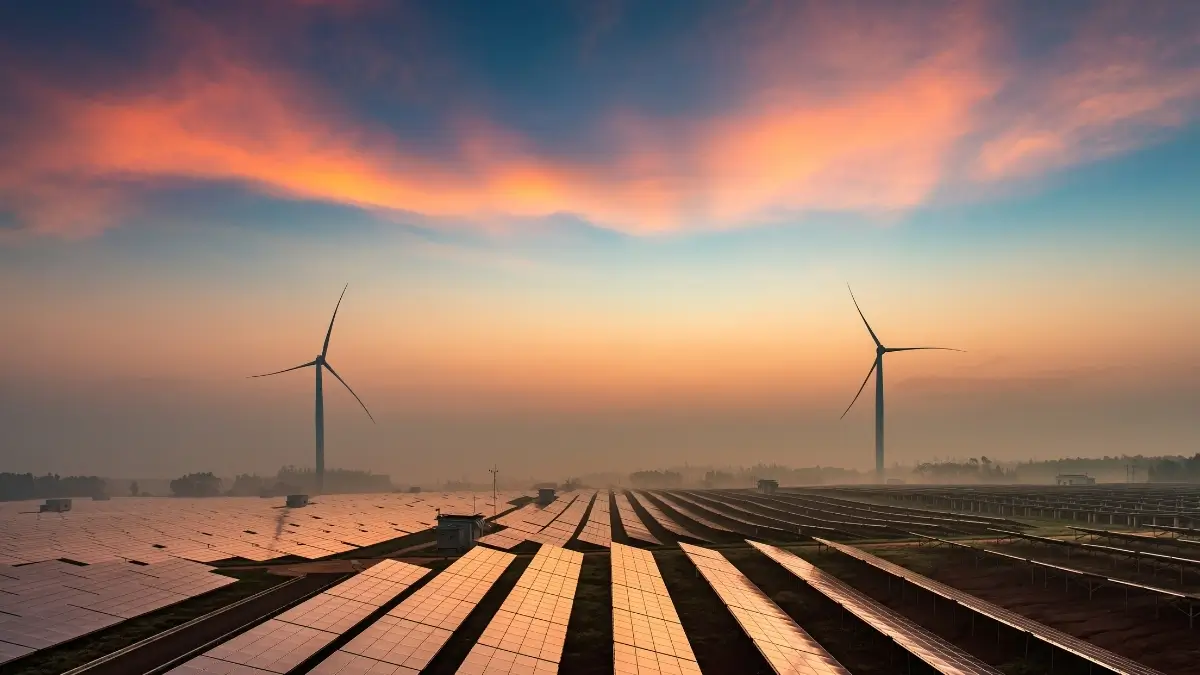
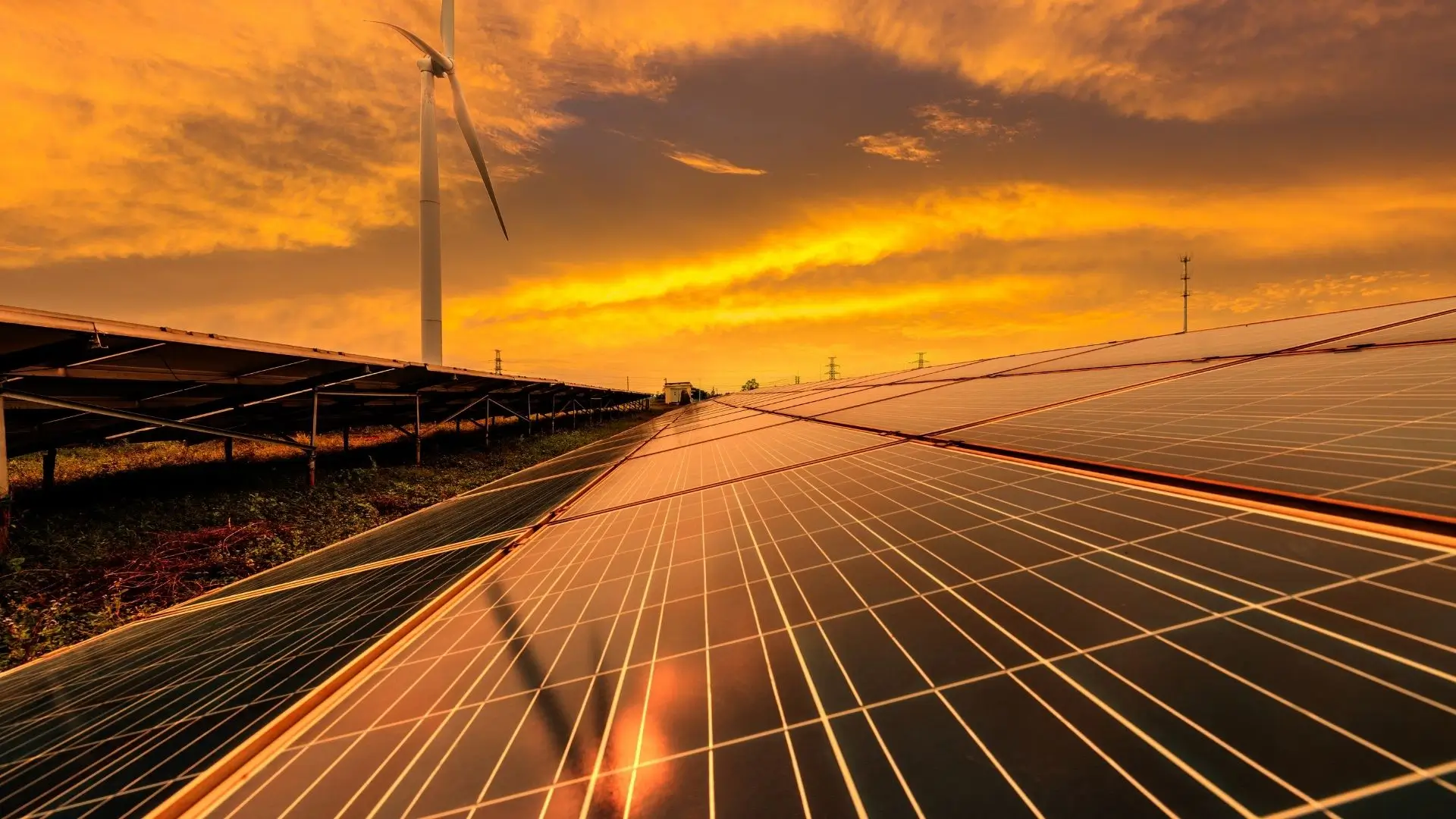
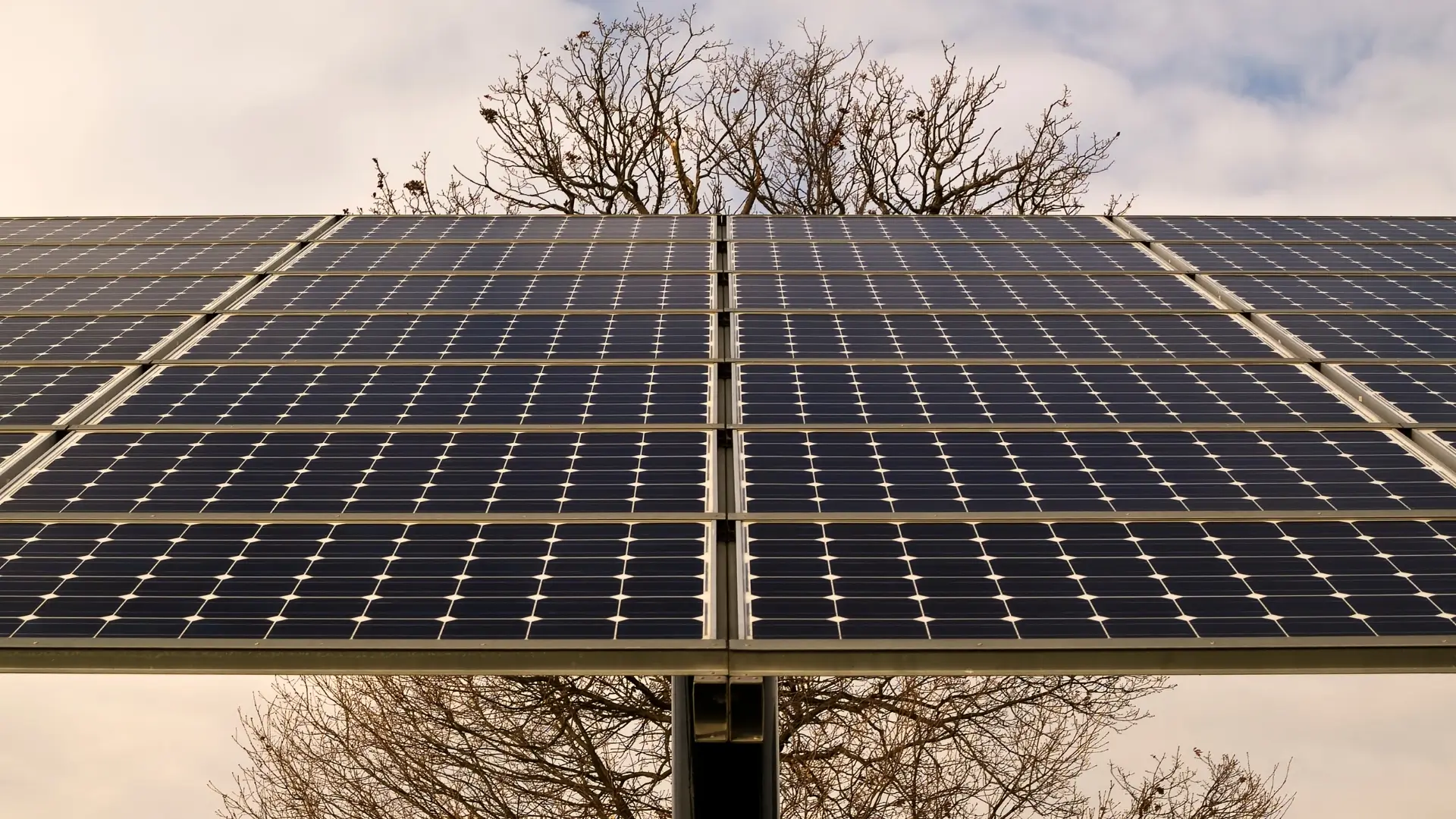
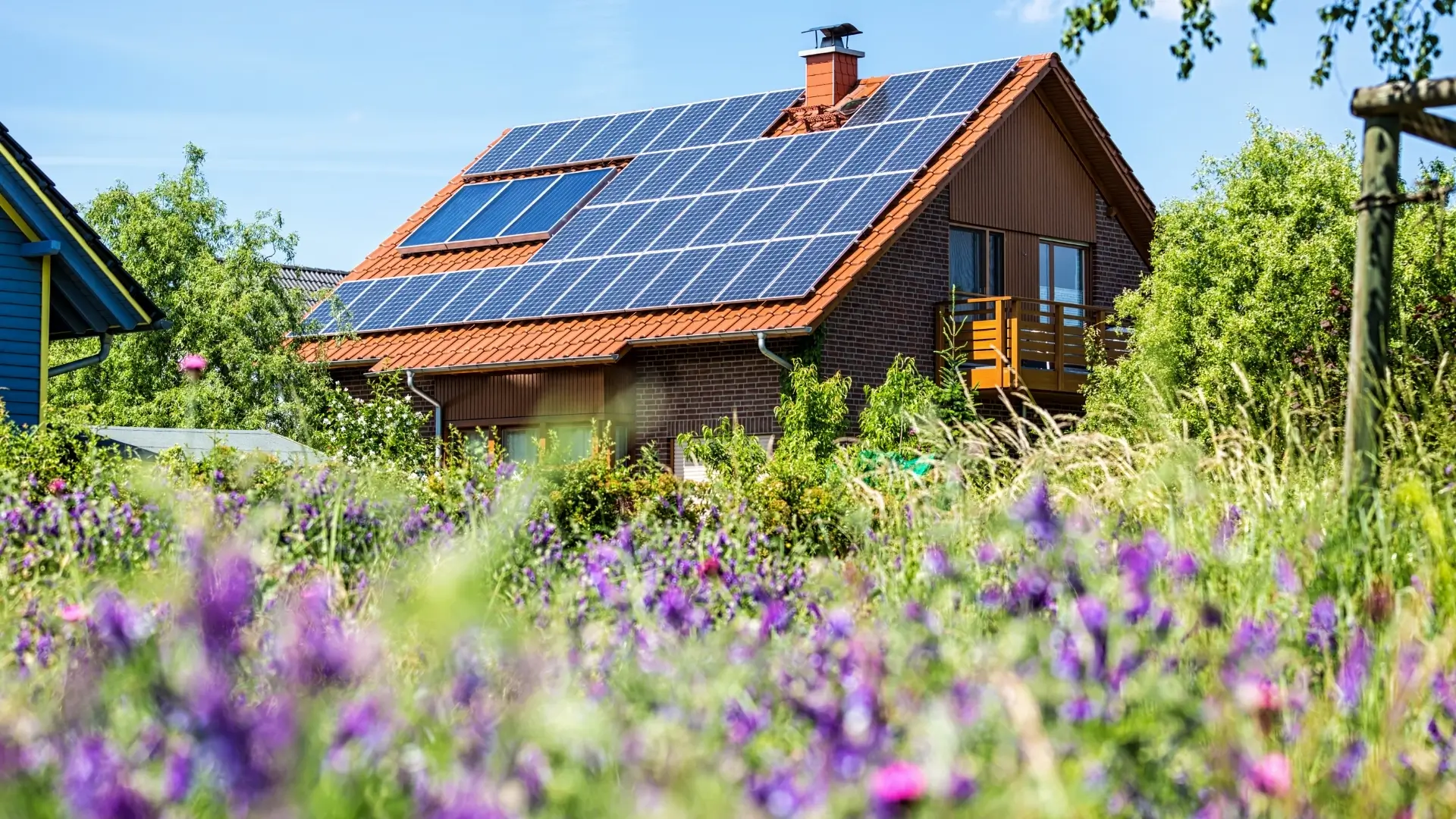
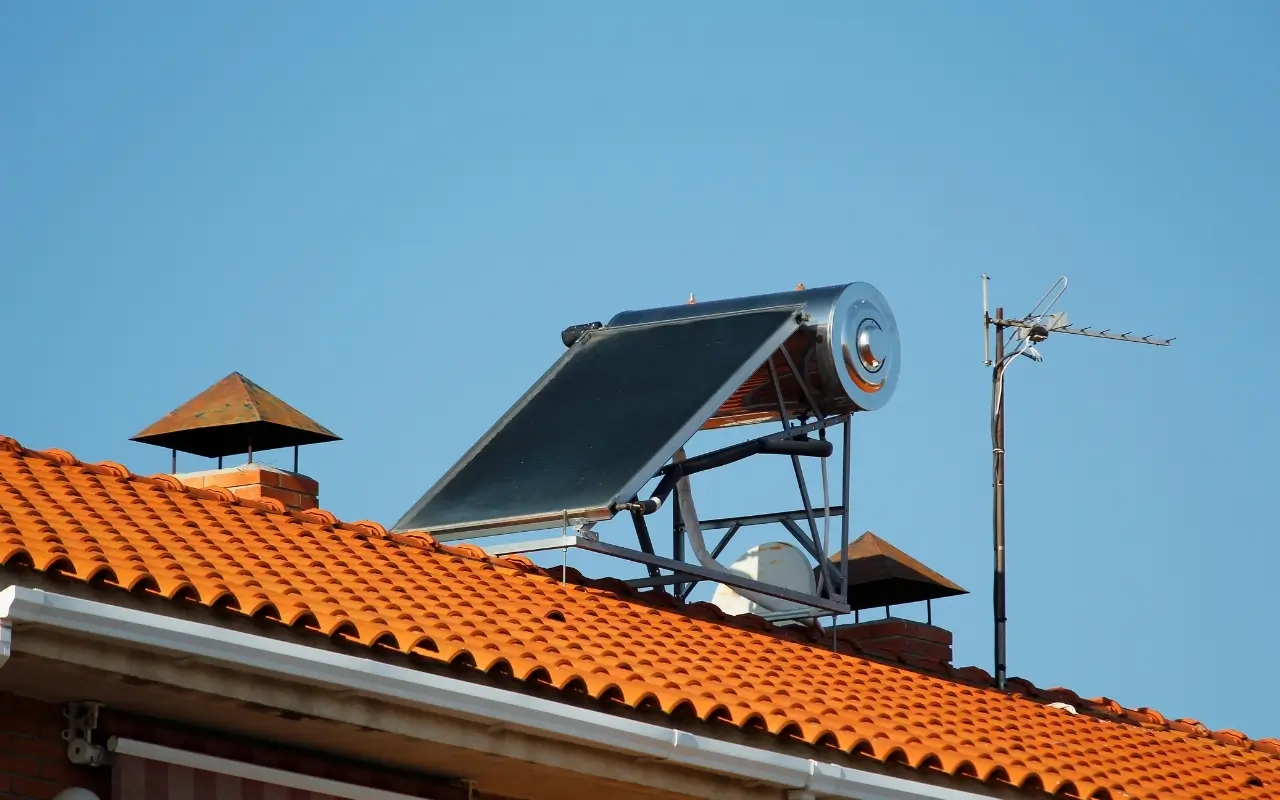
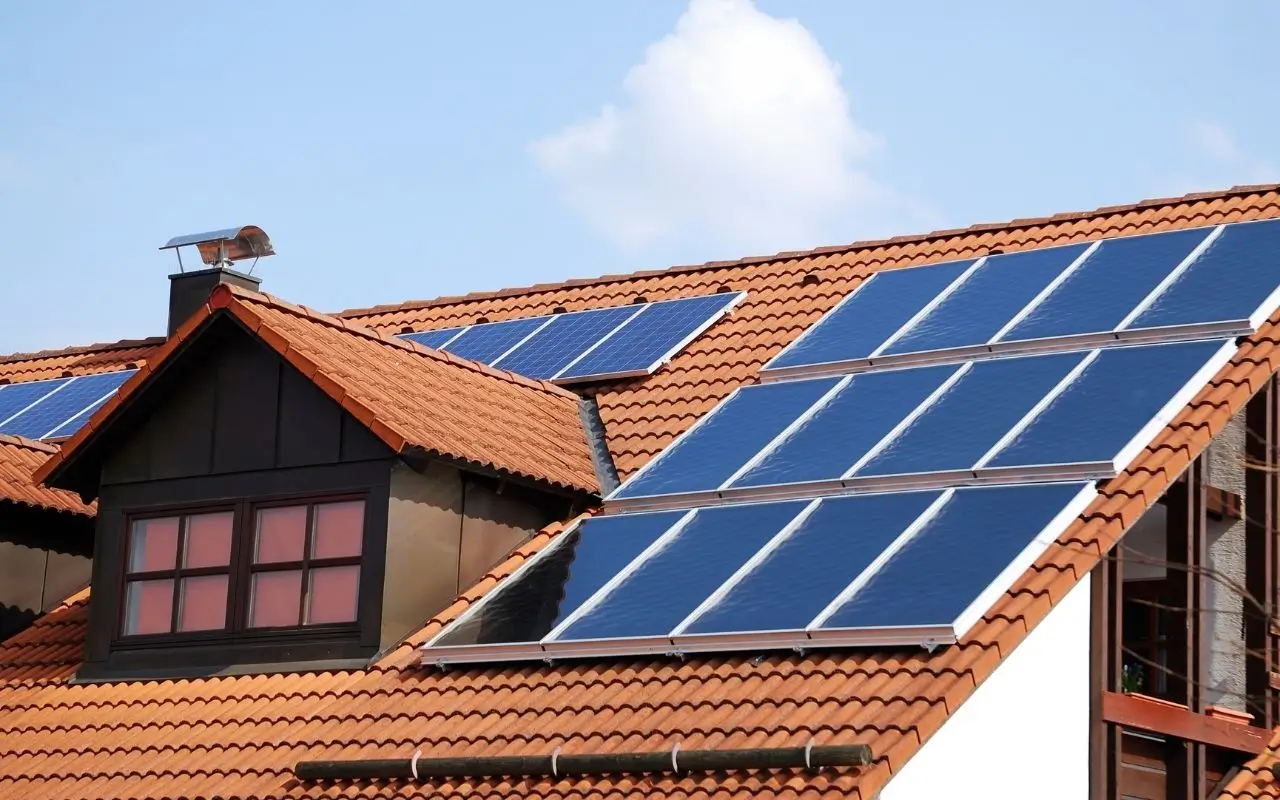
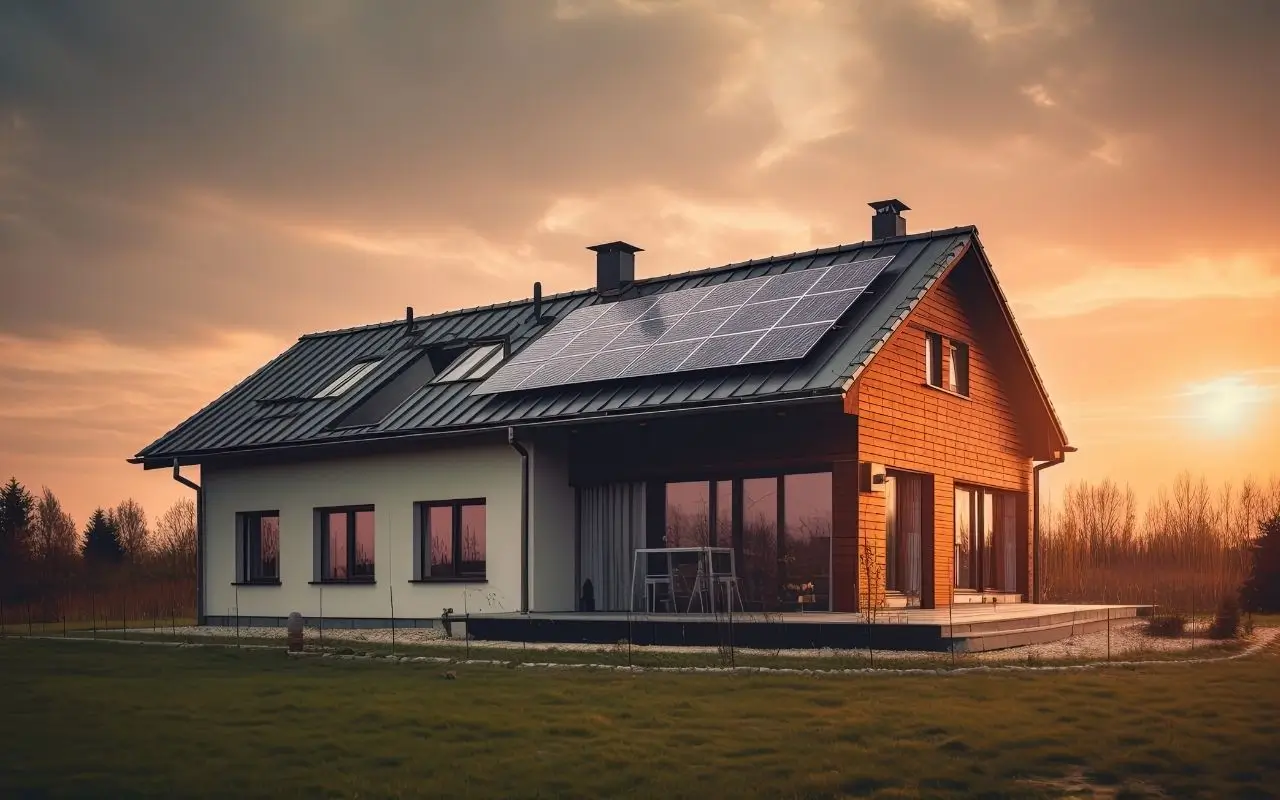
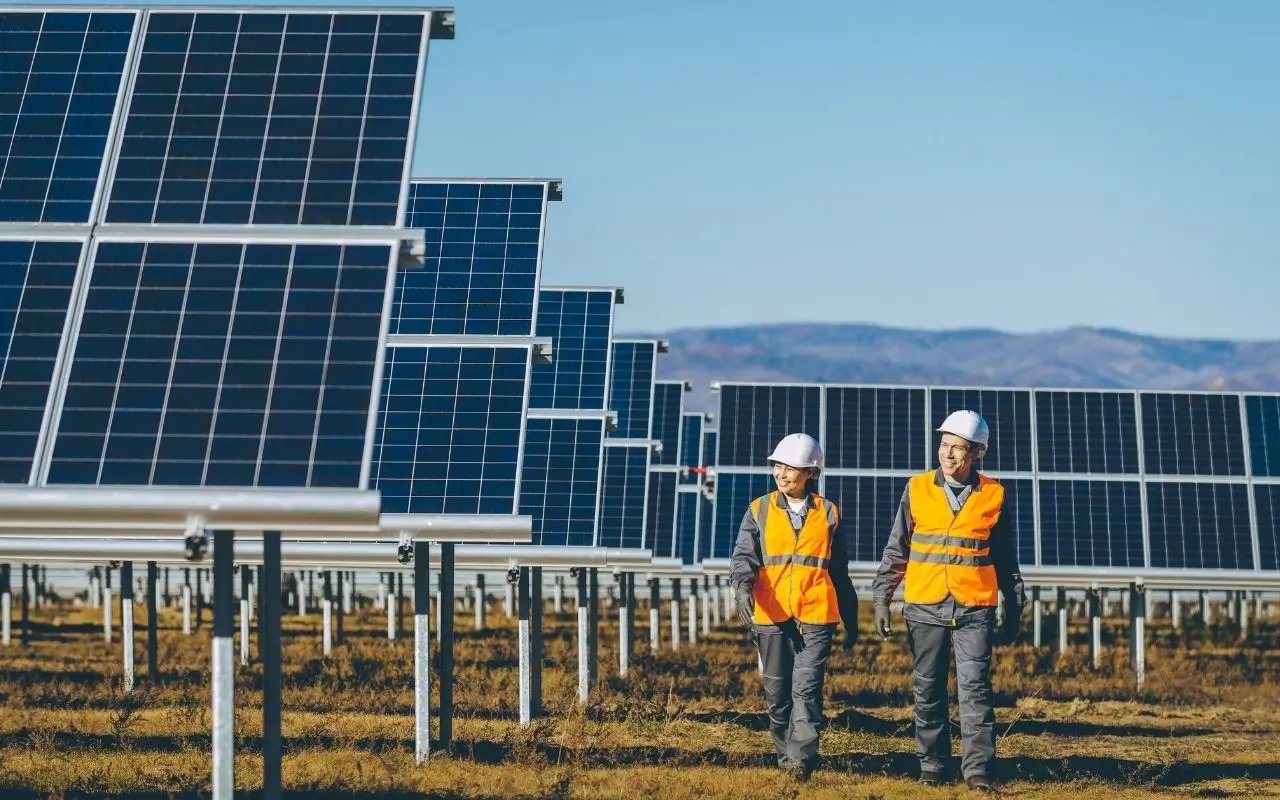
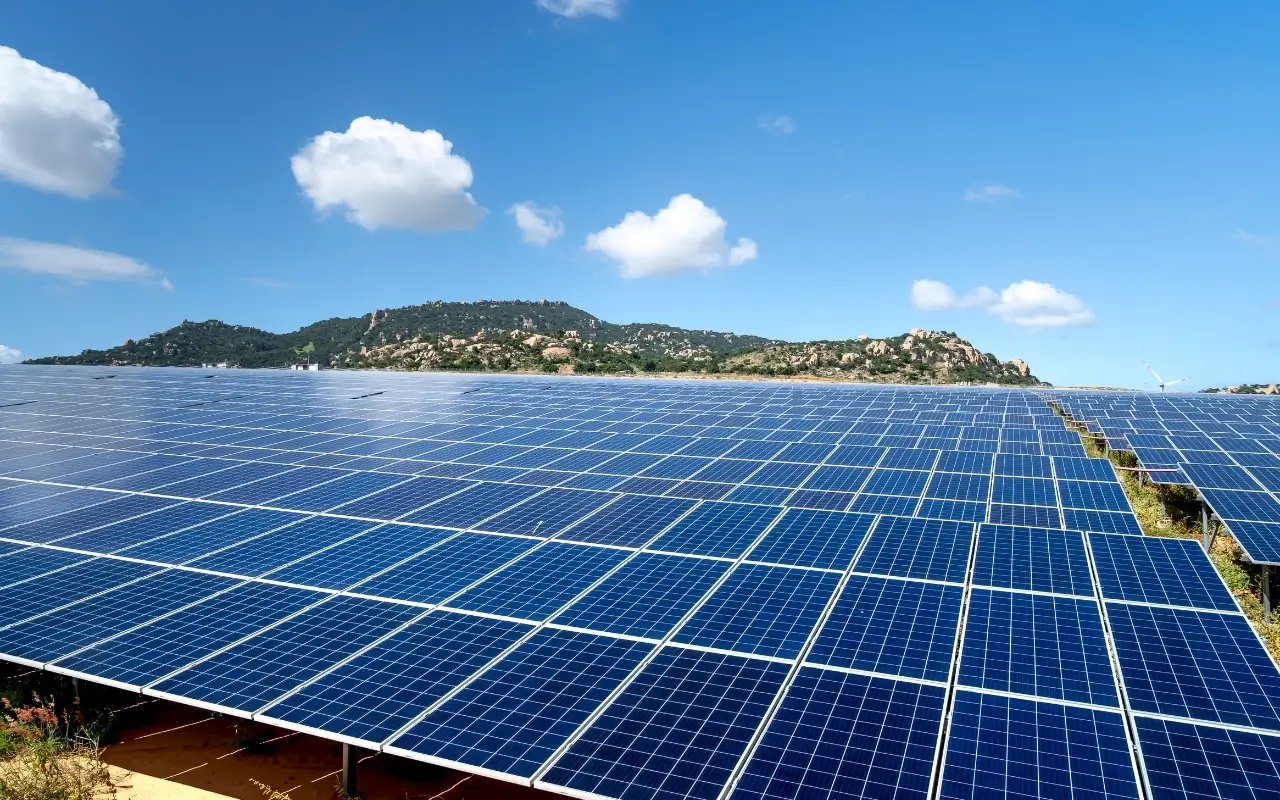
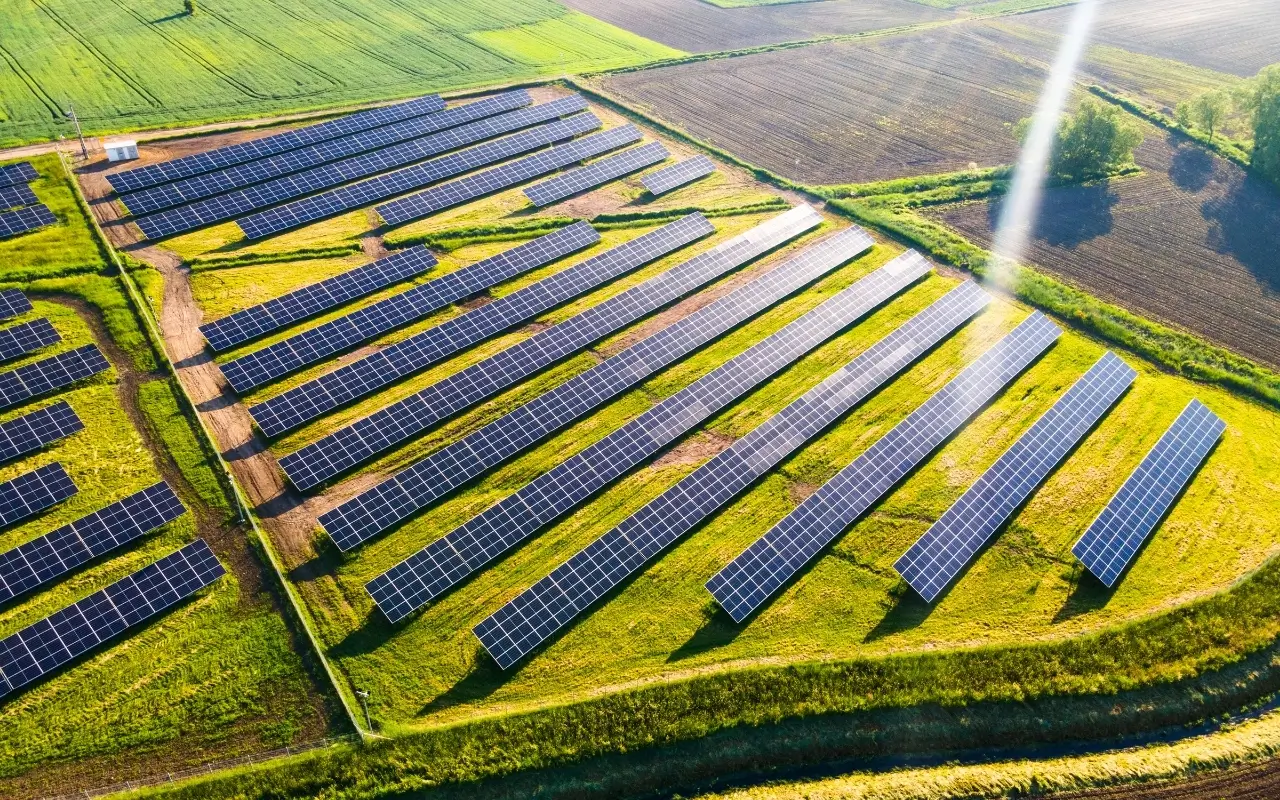
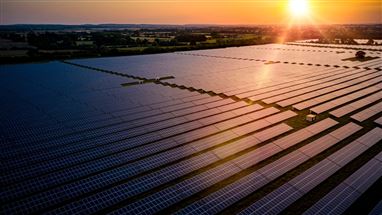
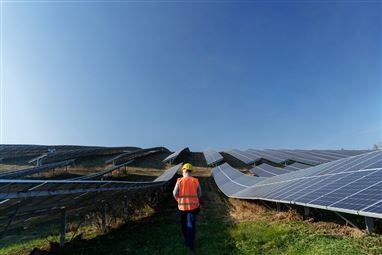
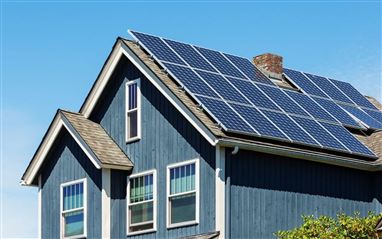
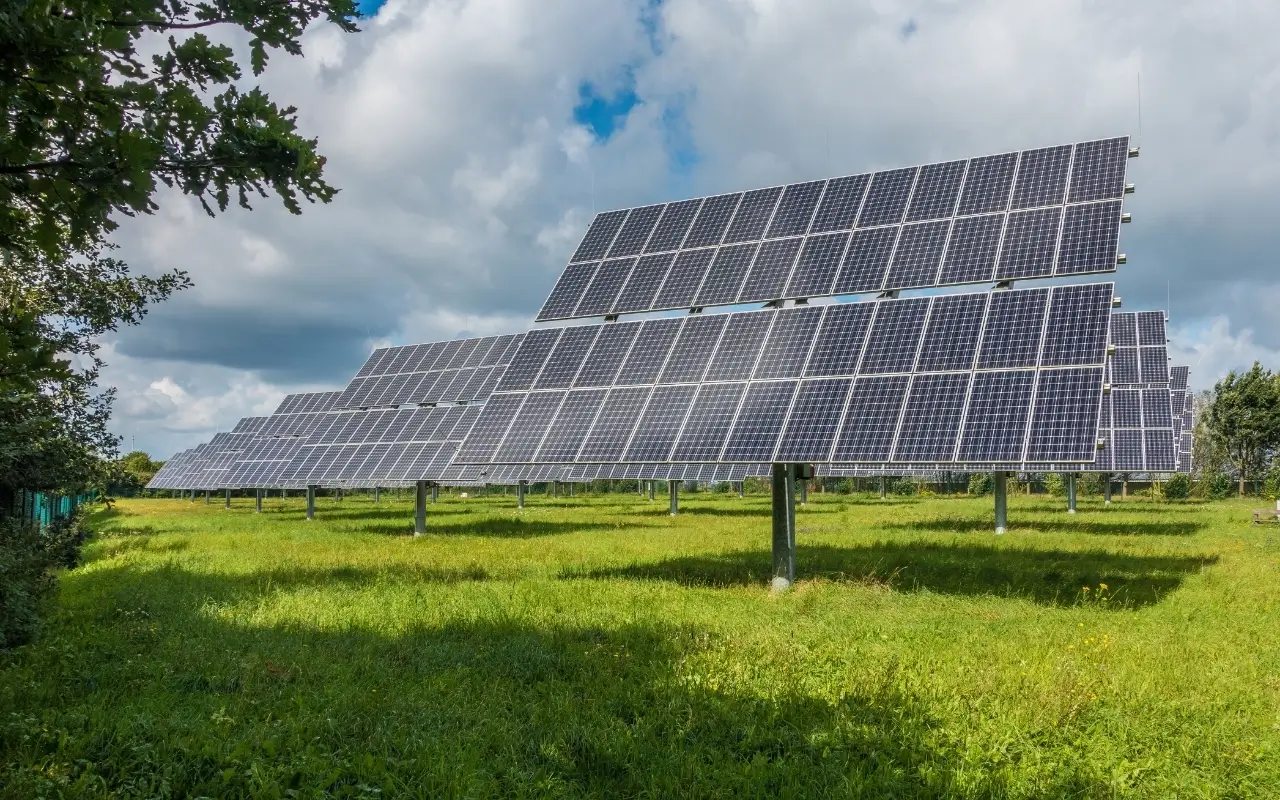
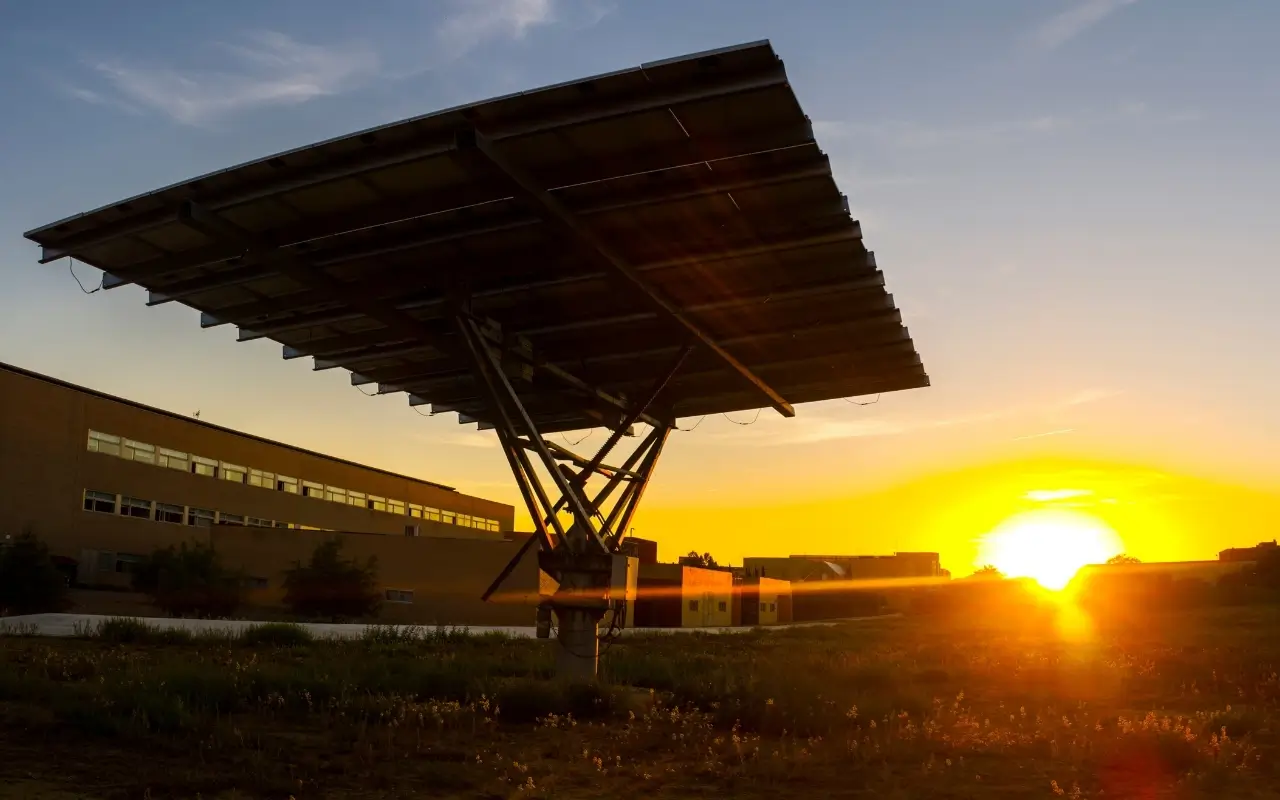
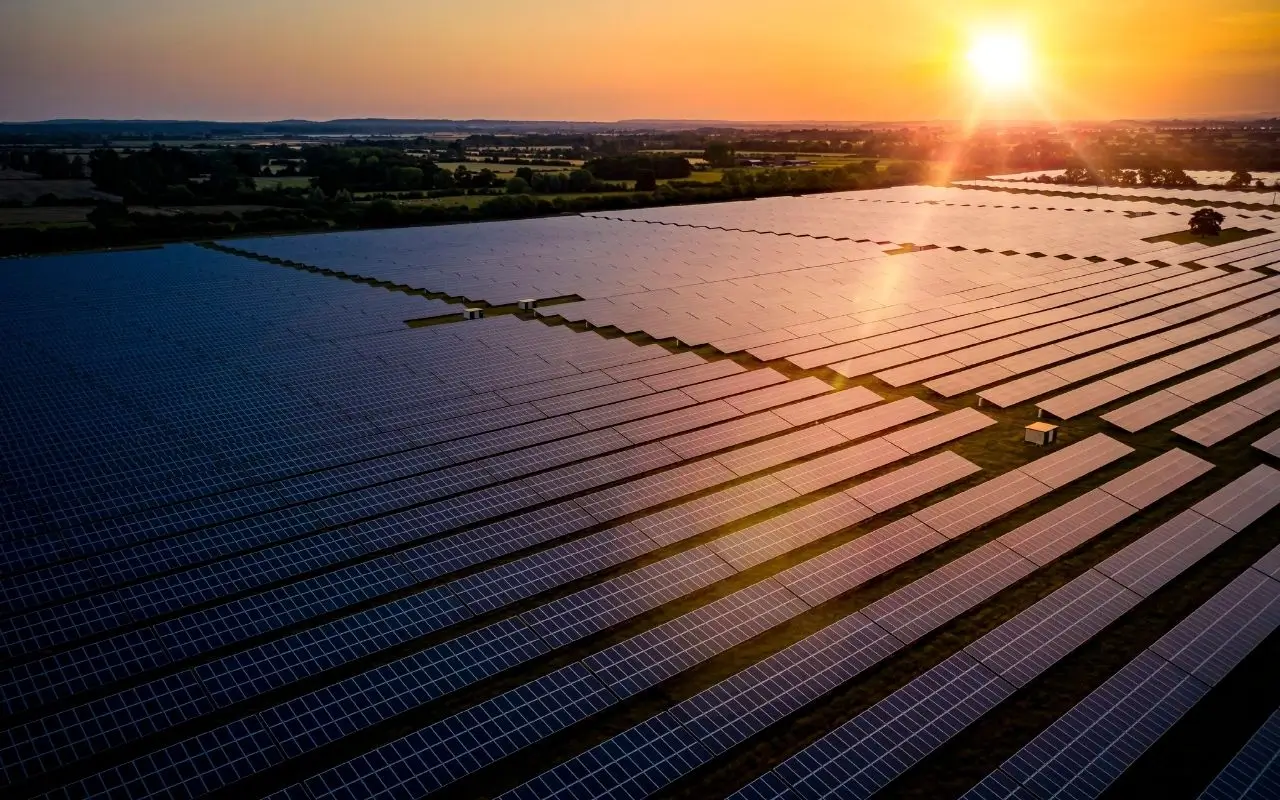
Do Comment